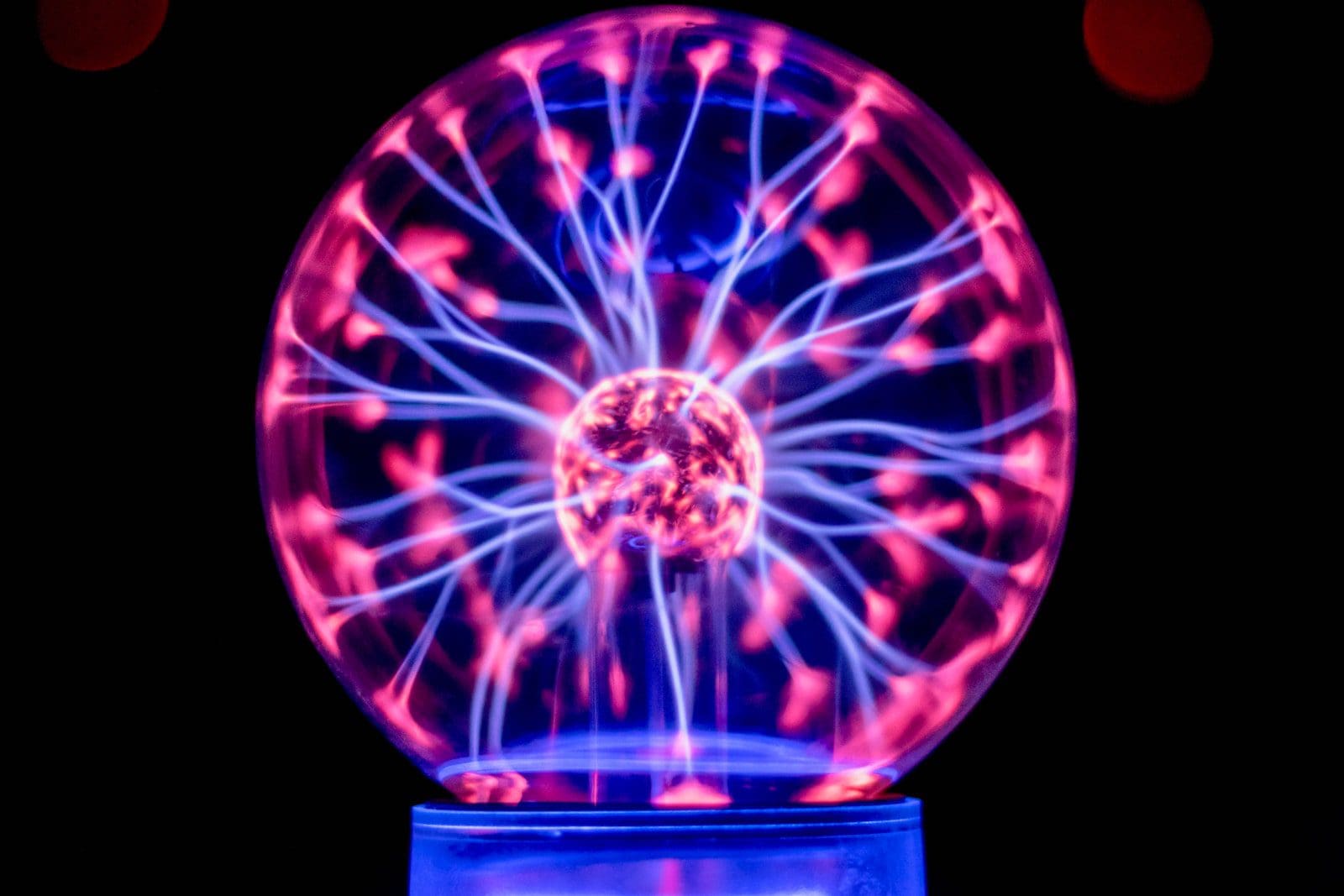While studying science, you might hear about the term ‘matter’. Anything that occupies space or, in other words, has volume and mass (weight) is considered matter.
The Phase of matter and state of matter have similar meanings but are used in several different contexts. The Phase of matter has uniformly distributed properties, but the state of matter may vary in the uniformity of composition and chemical and physical properties.
Key Takeaways
- A phase of matter refers to the physical form of matter (solid, liquid, gas, plasma) based on its temperature and pressure. In contrast, a state of matter refers to the chemical composition of matter (element, compound, mixture).
- Phase changes occur when matter changes from one physical form to another (e.g. melting, boiling, condensing), while state changes occur when matter undergoes a chemical reaction (e.g. rusting, burning).
- The same substance can exist in different phases of matter, but its state of the matter remains constant.
Phase of Matter vs State of Matter
The physical and chemical characteristics of a matter are called phases of matter. A matter can have four phases. Each phase has its own physical and chemical characteristics. Phase transition is the changing from one phase to the other. The change in outer factors defines the state of matter. The outer factors can be pressure or temperature.

The Phase of matter is defined as a change in the phase of matter from one form to another. Various processes bring physical and chemical change in the matter, eventually affecting its phase.
The phases of matter are changed either by removing or adding energy from a matter that eventually causes molecular motion.
The state of matter is considered as the particular state of matter in some defined measures of temperature and pressure. The distribution of properties in a state of matter can be varied. One state of matter can have various phases, and there could be an uneven distribution of properties.
Comparison Table
| Parameters of Comparison | Phase of Matter | State of Matter |
|---|---|---|
| Meaning | The phase of matter in the form of matter in which the properties and distributed uniformly | The State of matter is defined as a form of matter in fixed external factors like temperature and pressure |
| Properties | It has a uniform distribution of properties. | It may or may not possess the uniform distribution of the properties. |
| Phase | The phase of matter has one constant phase. | It may have several phases. |
| Transition | The uniformity of substance will not get affected by a change in phase. | The uniformity of the substance or matter may or may not change with change in state. |
| Example | Liquid state, solid-state, plasma state, gaseous state | Gaseous phase, liquid phase, plasma phase, solid phase. |
What is Phase of Matter?
The phase of matter is a scientific term in which matter possesses uniform physical and chemical properties. Usually, there are four phases of matter, including gas, solid, plasma, and liquid as well.
All these phases acquire uniform chemical and physical properties like the index of refraction, the composition of chemicals, density, etc.
The difference in the various phases of matter mainly depends on the motion and arrangement of particles like atoms, ions, and molecules.
One phase can be changed to another by changing various measures, and this phenomenon is called a phase transition. Examples of phase transition include freezing, condensation, melting, etc.

What is State of Matter?
The state of matter varies from a change in external factors like temperature and pressure.
In certain conditions of temperature and pressure, a matter or a substance can possess four states-
- Gaseous State
- Liquid State
- Plasma State
- Solid State
In a state of matter, it is not compulsory that the matter or the substance possess uniform properties (chemical and physical). Hence, one state of matter can have several more phases.
You can change the state of the substance by changing the temperature because the temperature can directly impact the internal energy of the matter, which consequently changes the kinetic energy and results in a change in the state of that substance.

Main Differences Between Phase of Matter and State of Matter
- The phase of matter is defined as the form of a substance in which the properties are distributed uniformly. On the other hand, the state of matter is defined as the form or state acquired by the substance at a particular or given condition of temperature and pressure. Although both of these terms are categorized into similar forms, gas, plasma, liquid, and solid
- The phase of matter and state of matter both explain the form that a matter or a substance possesses under various conditions. The phase of matter has uniformity in the properties, or in other words, the chemical and physical properties of the substance or matter are the same and uniform at every point of the matter, but on the contrary, the properties in the state of matter vary in the uniformity of properties.
- The phase of matter can acquire one phase at certain conditions or external measures and factors. The state of matter can possess various phases. For instance, at room temperature and respective pressure, the state of dry ice would be gas and solid phase, which eventually represent more than one phase in one particular state.
- In every matter or substance, transition plays a significant role. In the phase of matter, if the substance or matter changes its phase from one to another, then the uniformity will remain constant or unchanged. On the other hand, if the state of matter undergoes a state change, then the substance’s or matter’s uniformity may get affected.
- In the phase of matter, the phase of the substance will change or be converted to another phase, and the procedure is called a phase transition. In-state of matter, the state can be altered by changing factors like temperature, as it directly impacts the internal energy of the substance and results in a change in state.
- https://www.jstage.jst.go.jp/article/jpsj/75/1/75_1_011001/_article/-char/ja/
- https://www.mdpi.com/1996-1944/6/3/941

The comparison table provided is very helpful in understanding the differences between phases and states of matter. It breaks down the key parameters of comparison in a clear manner.
Agreed. The table is a great addition to the article and makes it easier to grasp the distinctions between phase and state of matter.
The scientific definitions provided in this article are well-explained. It’s a comprehensive overview of the concepts.
The distinction between phase and state of matter is well-captured in this article. It’s a comprehensive resource for anyone interested in scientific concepts.
The article effectively highlights the differences between phase and state of matter and provides a valuable learning resource.
The explanations about phase transition and state change are presented in a way that is both instructive and easy to follow.
The article adeptly discusses how external factors such as temperature and pressure influence the states of matter, providing a comprehensive understanding of the topic.
The scientific concepts presented in this article are elucidated with comprehensive details, making it an invaluable learning resource.
The article clarifies the complexities of phases and states of matter, making it easier for readers to understand the fundamental differences between the two.
Well said. This article is highly informative and helps to lay out the distinctions between phase and state of matter clearly.
I appreciate the focus on the key takeaways from the article. It summarizes the main differences effectively.
This article enhances the understanding of phase and state of matter through its clear and concise approach to explaining scientific concepts.
The article provides valuable insights into the arrangement of particles and the impact of energy on the phases and states of matter.
I couldn’t agree more. The scientific principles outlined here are articulated with clarity and precision.
This article does a great job in explaining the difference between phase and state of matter. It’s concise and helpful for students studying science.
I agree. The article provides a clear distinction between the two terms and educates readers on the different phases and states of matter.
The examples provided in this article, such as freezing, condensation, and melting, enhance the understanding of phase transitions and states of matter.
I agree. The examples make the concepts more relatable and applicable to real-life scenarios.
The detailed explanations of phase transitions and states of matter are particularly valuable for students and anyone studying science.
The article effectively distinguishes between the phase and state of matter, providing clarity about their definitions and characteristics.
The article’s explanation of phase and state of matter is informative and well-structured for readers.
Absolutely. This clarity is essential for a deeper understanding of fundamental scientific concepts.
The article’s detailed overview clarifies the differences between phase and state of matter, making it an indispensable guide for scientific studies.